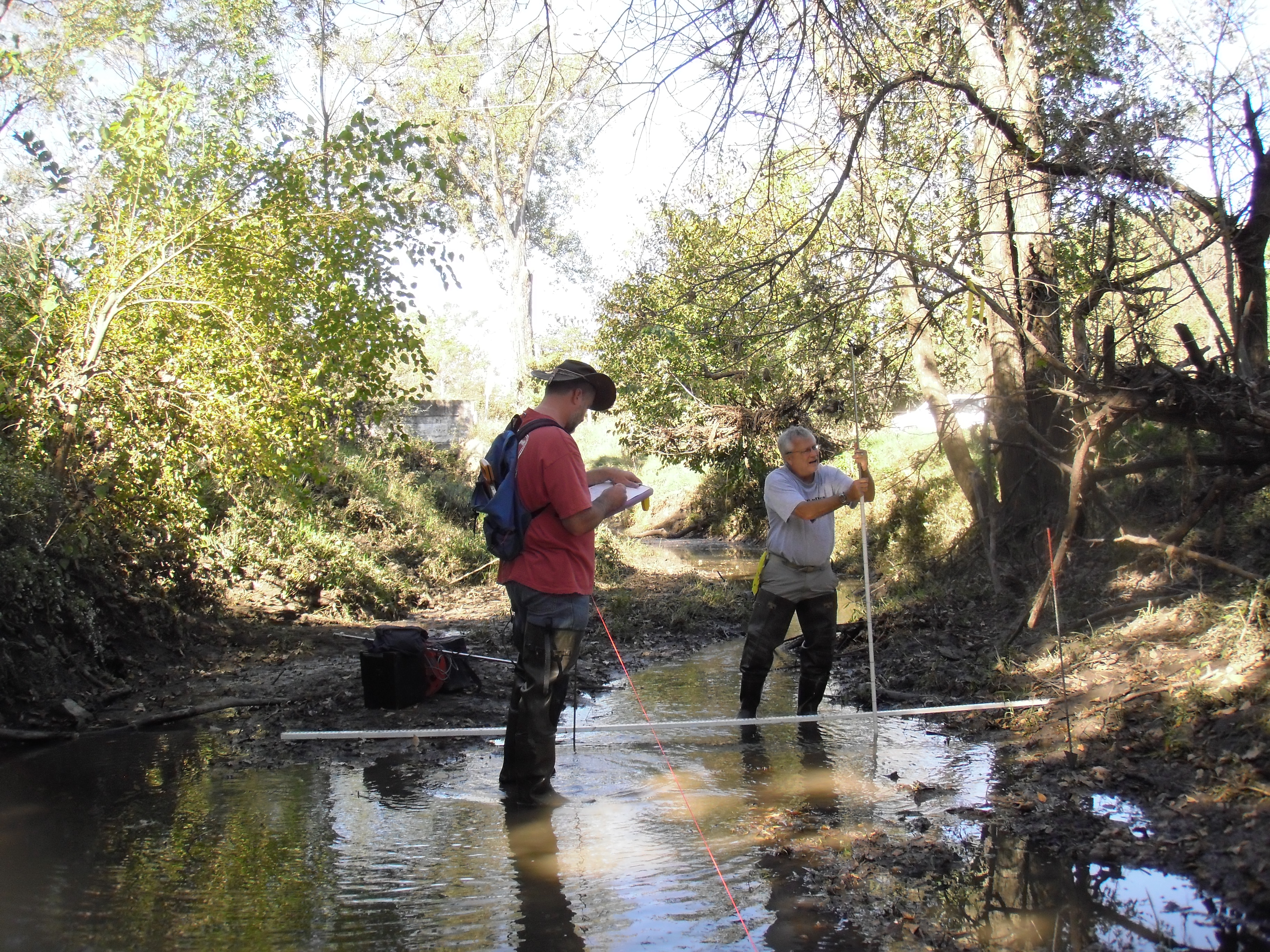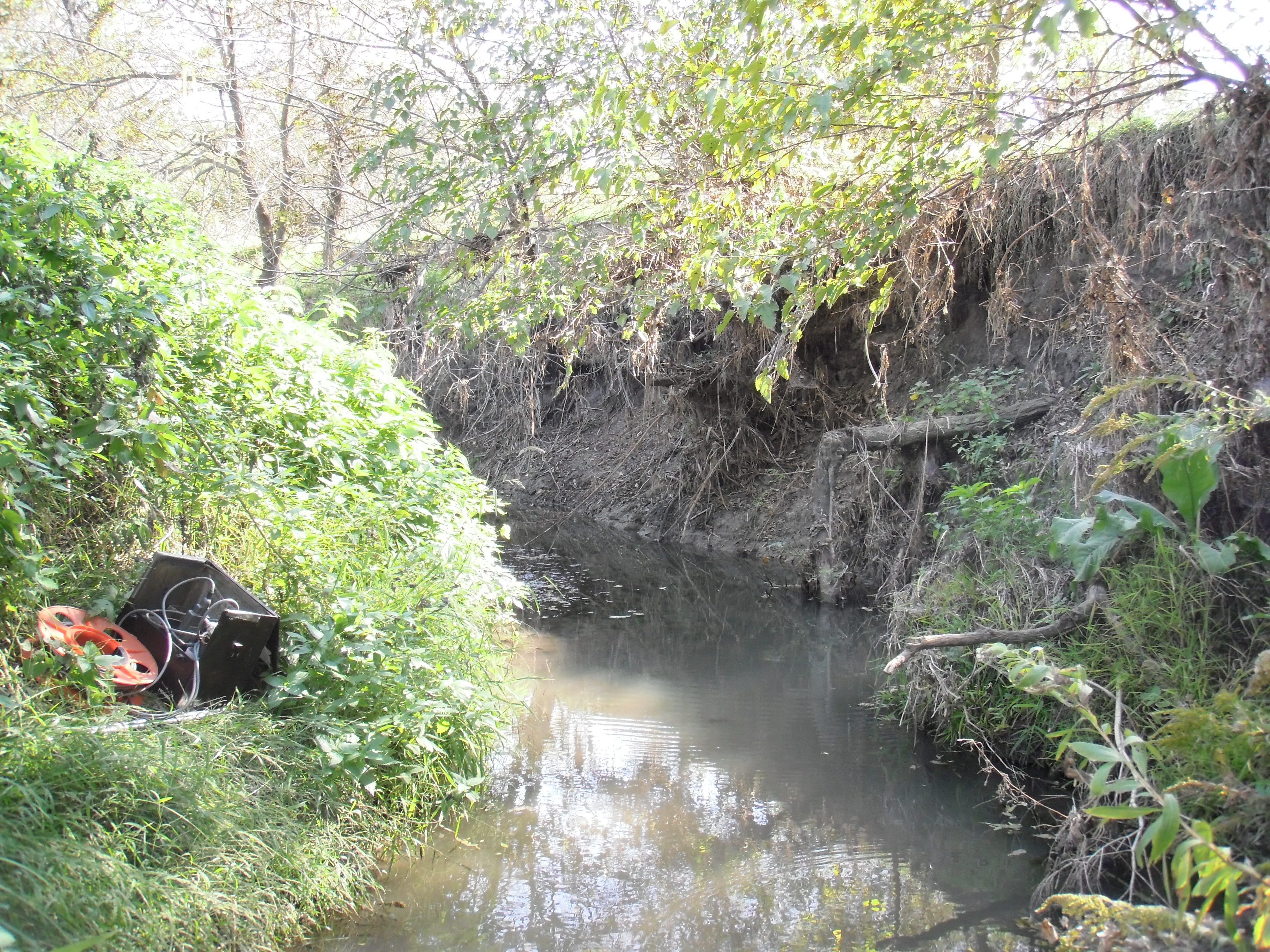Start Date: 2009
End Date: 2012
Full Citation:
Kansas Water Office. 2009-2012. "Biological impairment in Kansas reservoirs and lotic ecosystems due to erosion and sediment." PI: D. Huggins, Co-PI M. Jakubauskas.
Category:
- Aquatic
Associated with the KU Field Station: No
Research Summary:
In 2010 CPCB sampled Banner Creek, Centralia, and Atchison Lakes to quantify biological impairments and assess losses related to erosion and sedimentation. This is part of the Sediment Baseline work group effort that was coordinated by the Kansas Water Office. Banner Creek Lake has a lower sedimentation rate than the other two lakes and thus serves as a reference waterbody. At a limited number of sites in all three impoundments and the primary tributaries draining to each, we collected biological and physiochemical data including macroinvertebrates, velocity, in situ chemistry, TSS, VSS, TN, TP, and chlorophyll a. We evaluated habitat using the Habitat Development Index (HDI) and the Ohio EPA's Qualitative Habitat Evaluation Index (QHEI). We measured sediment depth using a method modified from Hilton, S. and T.E. Lisle, 1993. Measuring the fraction of pool volume filled with fine sediment. Res. Note PSW-RN- 414. Albany, CA: Pacific Southwest Research Station, Forest Service, U.S. Department of Agriculture. 11p.
One resulting publication was Effects of Sedimentation on Biological Resources, D.G. Huggins, R.C. Everhart, A. Dzialowski, J. Kriz, and D.S. Baker in Kansas Water Resources Institute's Sedimentation in Our Reservoirs: Causes and Solutions.
Images:



